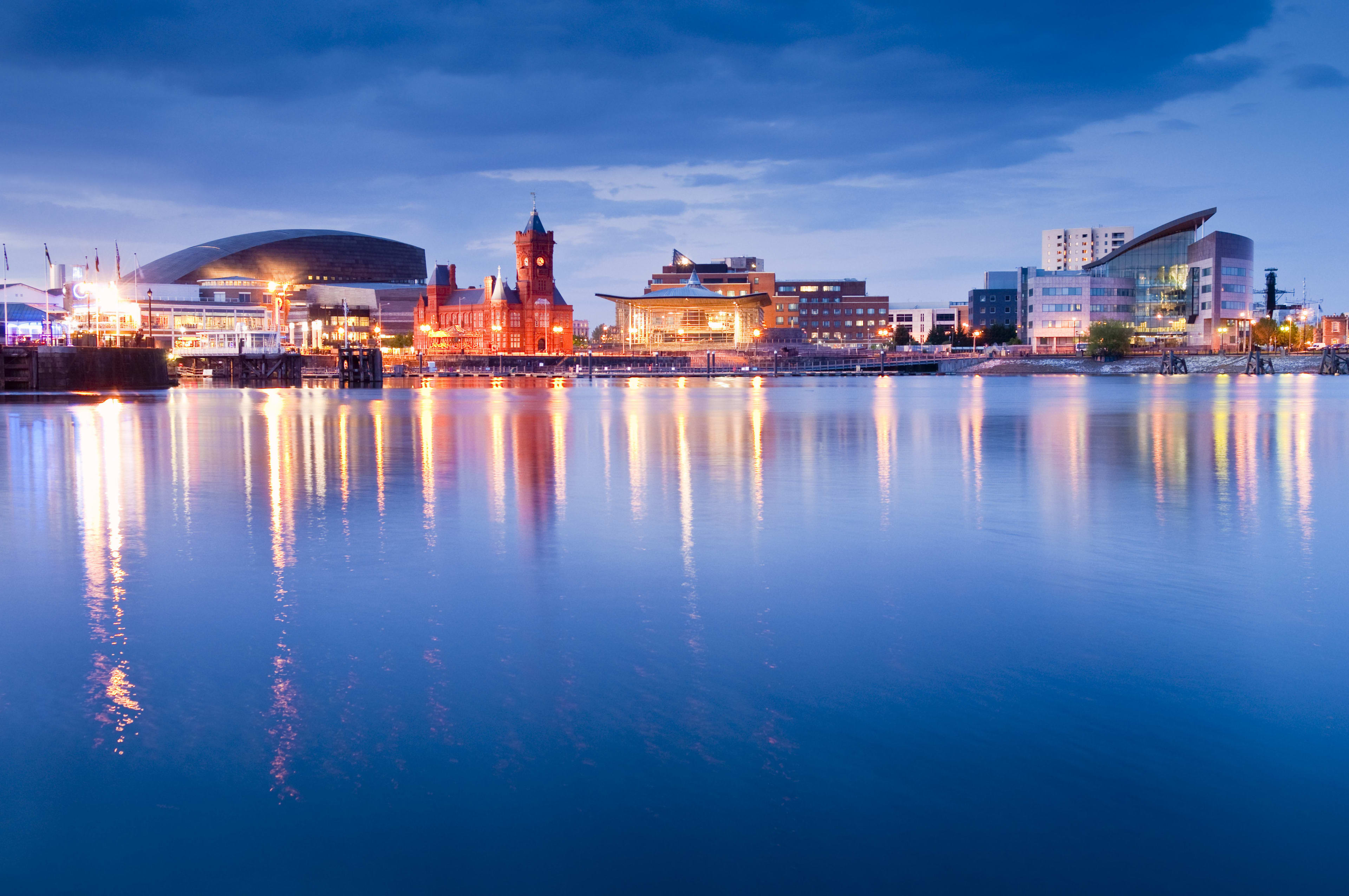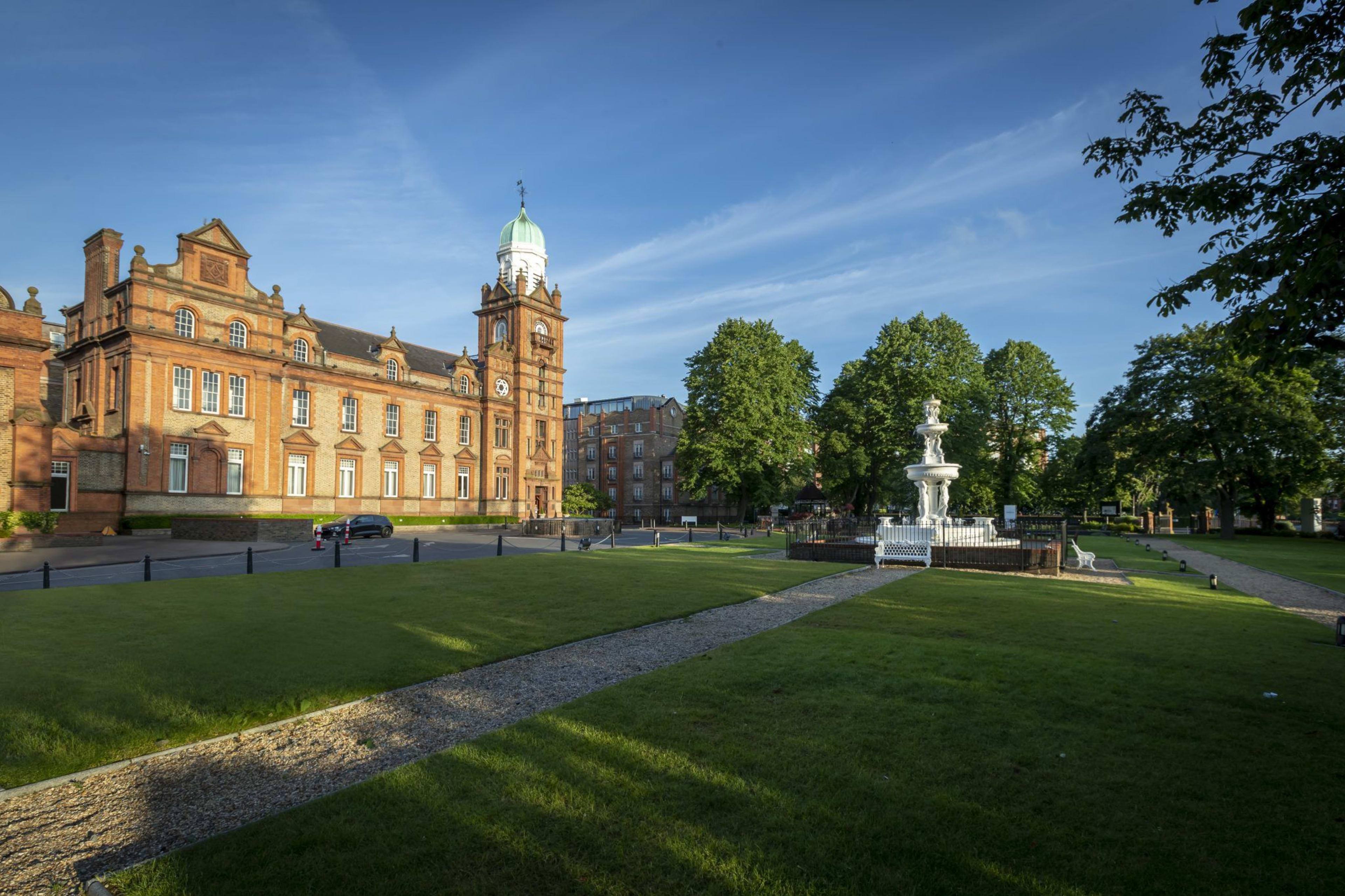Our 303-bedroom hotel on Clyde Street officially opened in November 2022 and since then has been visited by many who hold fond memories of the 19th-century Custom House building’s various purposes through the decades. They share in the same delight that after a long period of deterioration and neglect, the building has been lovingly-restored to such a high standard.
Before the task was taken to bring the Custom House back to life and back to the people of Glasgow, there exists a rich history to learn about our building. Here, we take you through some key highlights of its story.

1840
Custom House arrives on the River Front
Custom House was designed by Irish-born architect, John Taylor, Who was also responsible for the design of Dundee’s Custom House.
A custom house was usually found in a seaport or in a city with a major river, with access to the ocean. The building in the city would act as a port of entry into a country.
Custom House Glasgow opened in 1840 and represented a need for structure and organisation regarding the city’s trading economy. The building would house officials who collected duties on imports and exports at the harbour and held registers of ships. It was not the first organised building for customs officials, however.
Prior to Custom House opening on the banks of the River Clyde, there were several different buildings which were used for the same purpose. None were as striking as the classically-styled blond sandstone building that we look at today.
In 1797, there existed a customs house in a half-sunk apartment of 18-square-feet on Virginia Street.
In 1815, operations were conducted from a self-contained lodging on the west side of St. Enoch’s Square.
Fresh and cured fish were brought to Broomielaw in open boats and sold on board or at the north west end of Jamaica Street Bridge. The tobacco trade was also a booming industry at this time.
Custom House, according to the plans fixed upon, was erected, and including the price of the land, at the time cost about £13,000 in 1840 to complete.
1873
Famed Glasgow Architect
In 1873, after it was found that there was a need for some internal modifications to the building, Alexander ‘Greek’ Thomson, a famed Glasgow architect, carried these out. A man with ambition to make the lives of city-dwellers more pleasant, he was noted as suggesting to Glasgow City Council to redevelop slum housing to include a central courtyard, with openings to facilitate ventilation. At the age of 34, he also designed his one and only castle, Craigrownie Castle.
2017
Lovingly Restored
In 2017, a decade after the building last was used, Artisan Real Estate Investors purchased the site of Custom House Quarter and then swiftly announced a partnership with the Dalata Hotel Group, Ireland’s largest hotel operator, to bring the first Clayton Hotel to Scotland. Over the course of the next 5 years, with a pandemic to contend with, building work was eventually completed in October 2022. This marked the 50th hotel to join the Dalata Hotel Group’s fast-growing portfolio. The refurbished listed building serves as the entrance to the hotel with the reception, public areas, ballroom and events spaces all located here.
Custom House being a Grade A-listed building means that it is a building of unique architecture and design, representing a particular period in its location.
Expanding on its heritage and history, the ultra-modern part of the hotel, which houses Custom House Bar & Restaurant, is connected to the Custom House by a glazed ceiling. Climbing 16 storeys high, the hotel provides a strong juxtaposition of old and new architecture.
Integral in the design of the build and in keeping with Dalata’s purpose to grow as an innovative and sustainable international hotel company, was the use of low-carbon technologies. This ensures the hotel, with a BREEAM rating of Excellent, has a more sustainable approach which allows the hotel’s energy demands to be met by minimising the dependence on fossil fuels.
Various Purposes Through the Years
The 20th century brought two world wars and an enormous amount of social, political, economic and cultural changes. Custom House stood through it all. After being used for its original purpose for most of its life-span, prior to the building of our hotel, it was most recently used as the Procurator Fiscal’s Office. The office moved from here in 2007, leaving the building derelict. Clayton Hotel Glasgow opening it's doors in 2022.
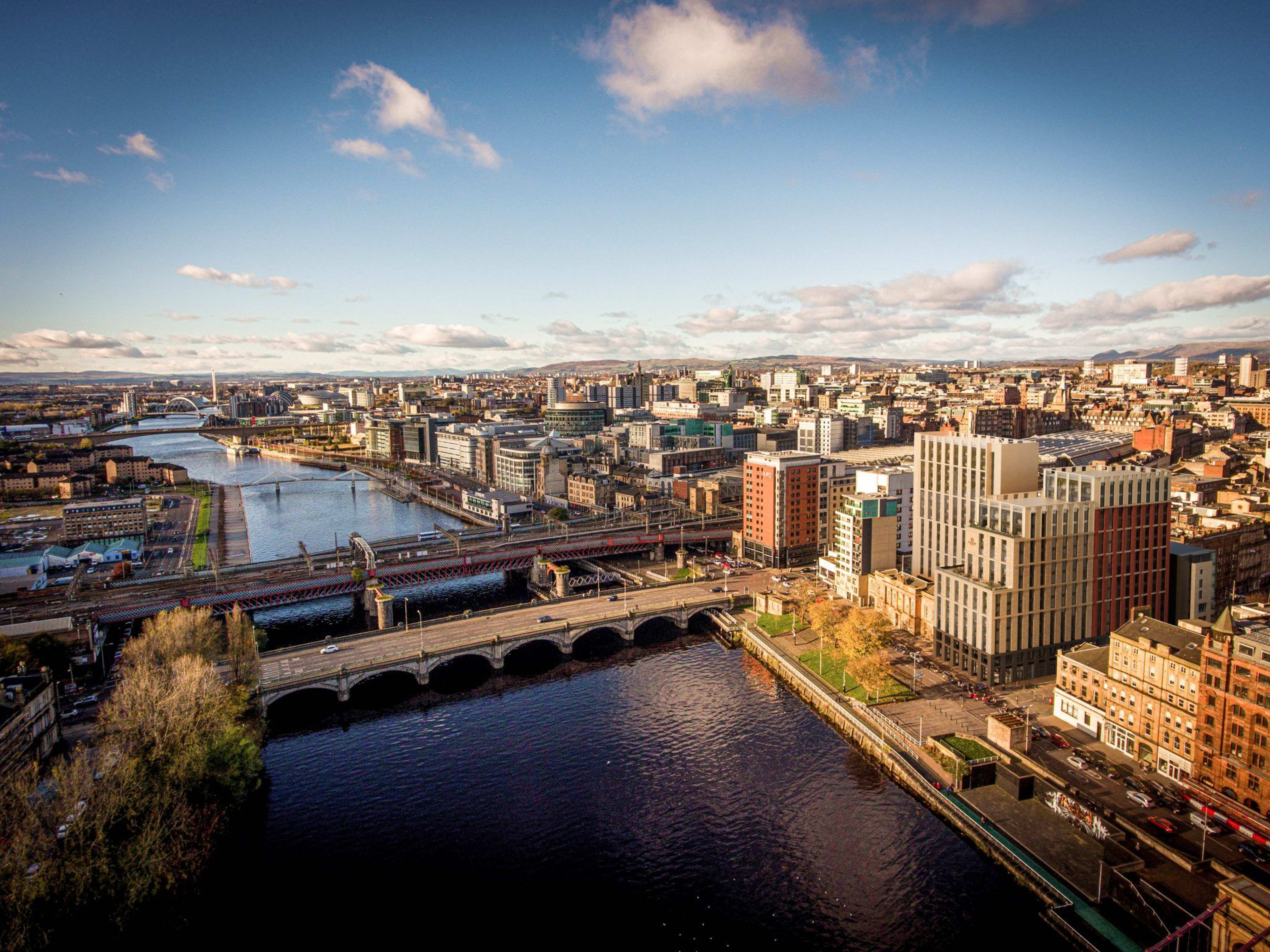
Welcome to Clayton Hotel Glasgow
Artisan project director, Clive Wilding, ahead of work beginning on the abandoned Custom House, said: “This is a hugely significant opportunity to, once again, bring Glasgow’s burgeoning waterfront area back into the vibrant heart of its city centre.”
As we welcome guests from far and wide to our beautiful hotel on Clyde Street, they will be stepping into a building steeped in history tracing back to 1840.
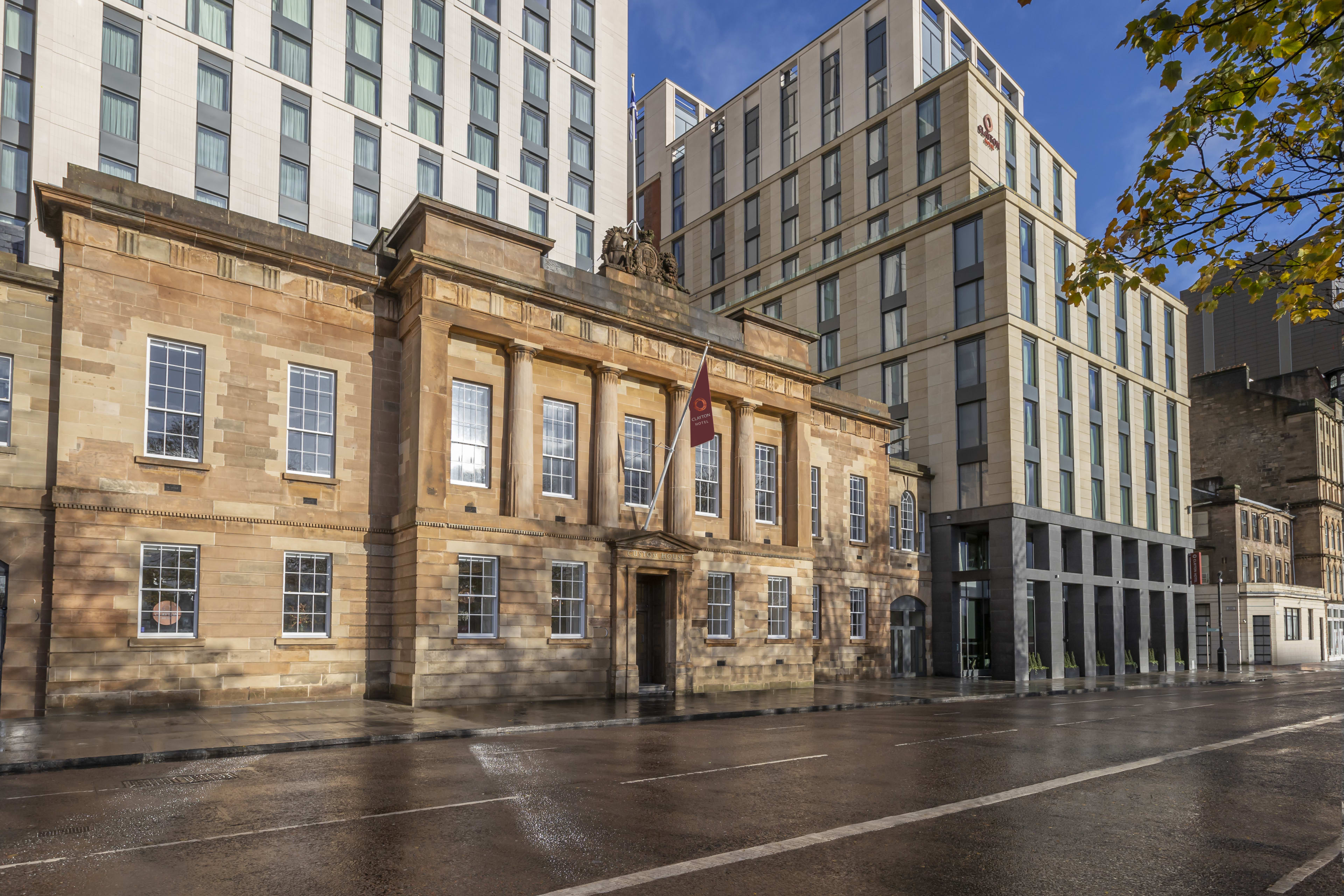
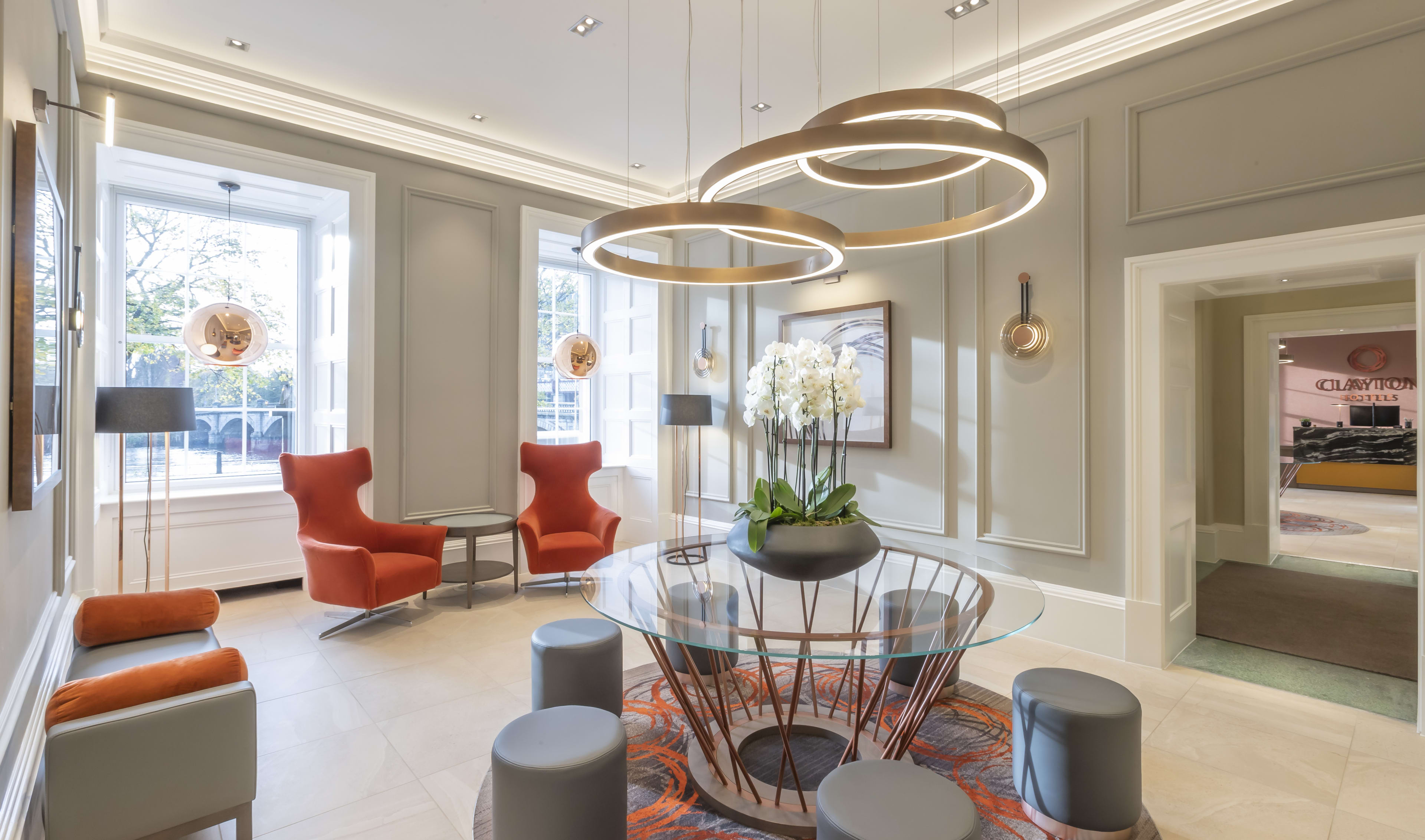
Clayton Hotel Glasgow
Find out more about our bedrooms, bar and restaurant, meeting spaces and events.




